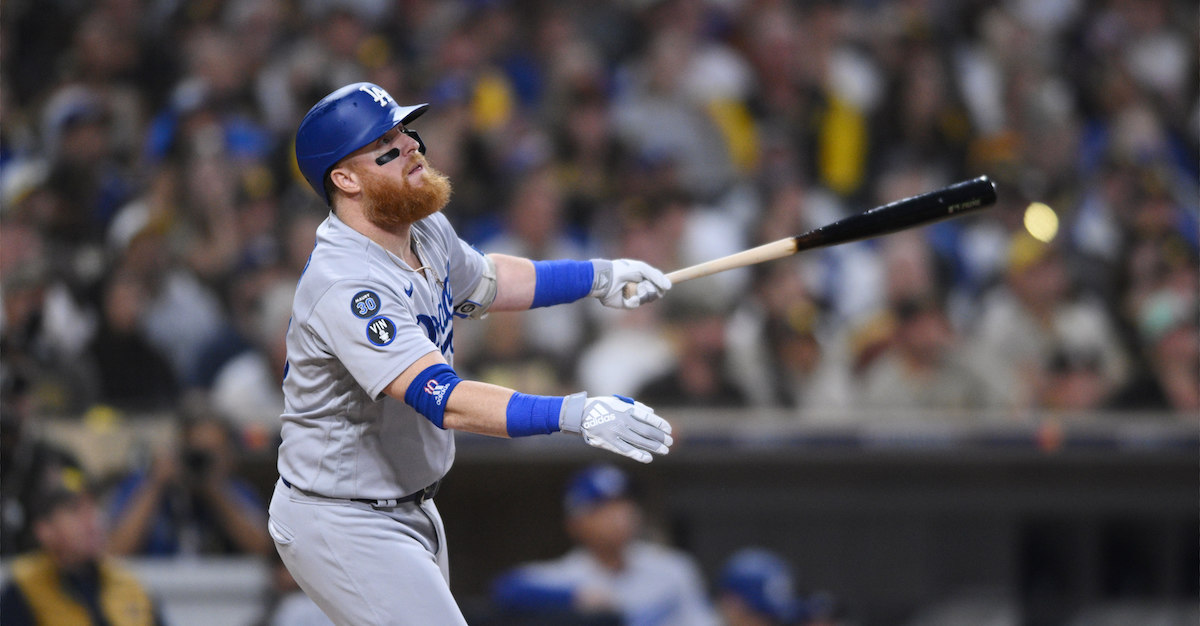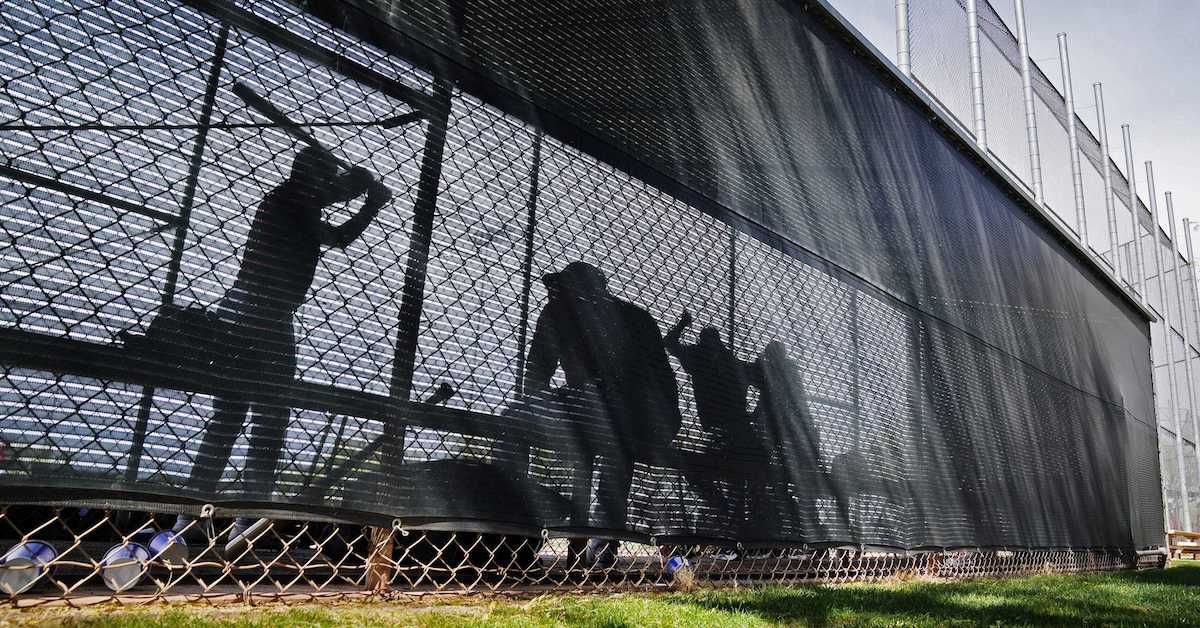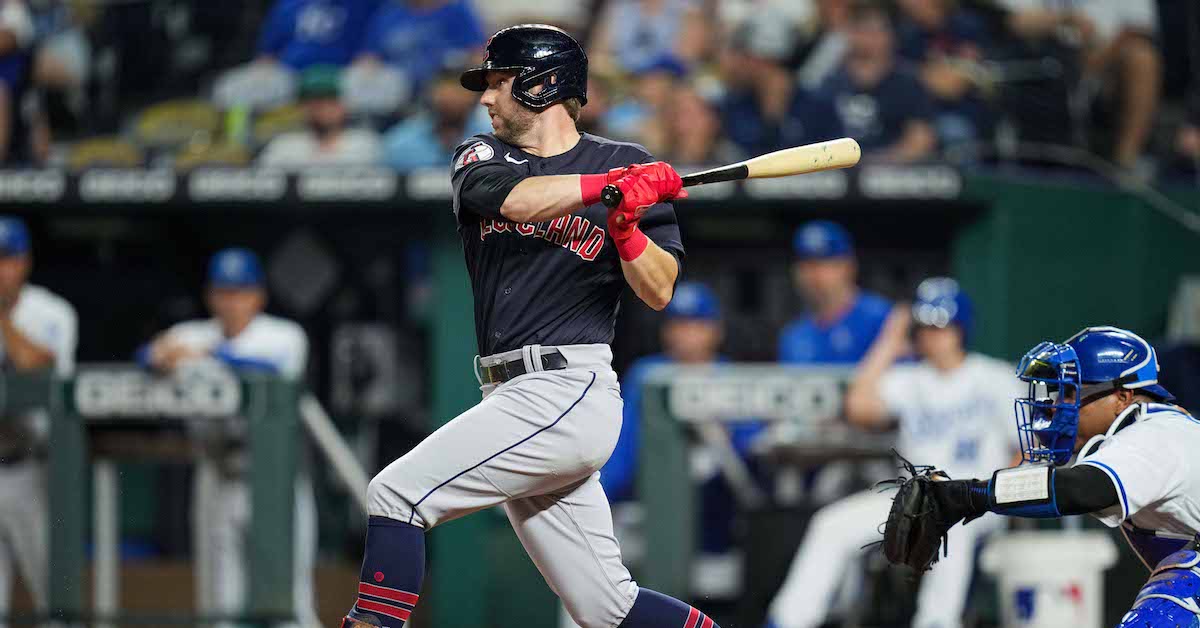Andrew Benintendi’s Skill Set Is a Good Fit for the White Sox

Andrew Benintendi presents as a good table-setter option for the White Sox. Signed by Chicago’s American League entry on Friday, the no. 17 player on our 2023 Top 50 Free Agent rankings is a good fit for an underachieving team that could use better on-base percentages near the top of its lineup. While batting average-heavy Tim Anderson will presumably remain the leadoff hitter — this despite a career 3.6% walk rate and .316 OPB — someone who can consistently get on base in front of the thumpers can only help.
Benintendi had a better 2022 season than a lot of people realize. In 521 plate appearances split between the Kansas City Royals and the New York Yankees, the left-handed-hitting outfielder logged a 122 WRC+ — this despite a .399 SLG and only five home runs — which was a mere point lower than his career high. Matching that wRC+, as well as his .373 OBP, would be worth the reported five-year, $75 million deal.
Benintendi will turn 29 next July, so there is a real possibility that his best years are ahead of him. Cecil Cooper presents as a best-case comp. Through age 28, Cooper — a left-handed-hitting first baseman who established himself in Boston before playing two seasons in Milwaukee — had 73 home runs and a 116 wRC+ (Benintendi currently has 73 home runs and a 109 wRC+.) From age 29 through age 33, Cooper put up a 141 wRC+ with 123 home runs. Read the rest of this entry »








